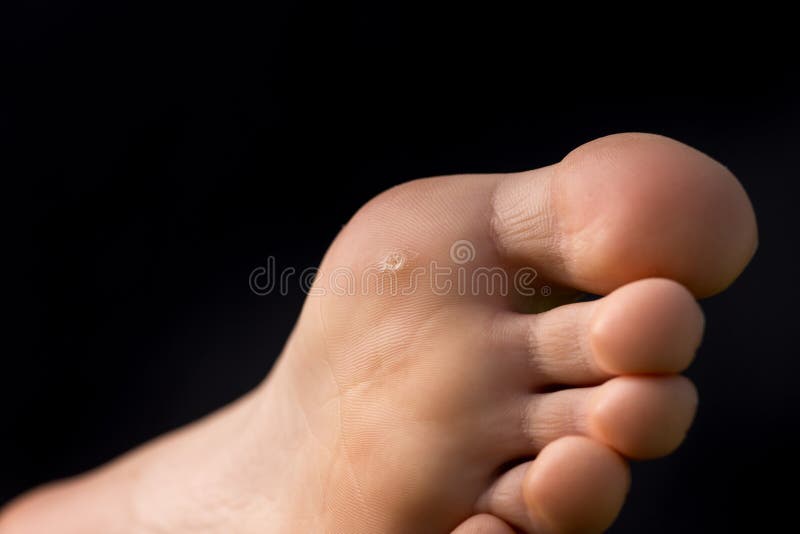How to treat warts on feet. Effective Plantar Warts Treatment: Symptoms, Causes, and Management Techniques
What are plantar warts. How do they differ from common warts. What causes plantar warts. What are the symptoms of plantar warts. How are plantar warts diagnosed. What are the available treatment options for plantar warts. How can plantar warts be prevented.
Understanding Plantar Warts: A Comprehensive Overview
Plantar warts are a common dermatological condition that affects many individuals worldwide. These benign skin growths occur on the soles of the feet and can cause discomfort, pain, and embarrassment. To effectively manage and treat plantar warts, it’s crucial to understand their nature, symptoms, and causes.
What Are Plantar Warts?
Plantar warts are small, rough growths that typically appear on the weight-bearing areas of the feet, such as the heels or balls of the feet. They are caused by the human papillomavirus (HPV), which enters the body through tiny cuts or breaks in the skin. Unlike common warts that grow outward, plantar warts grow inward due to the pressure exerted on the feet while walking or standing.
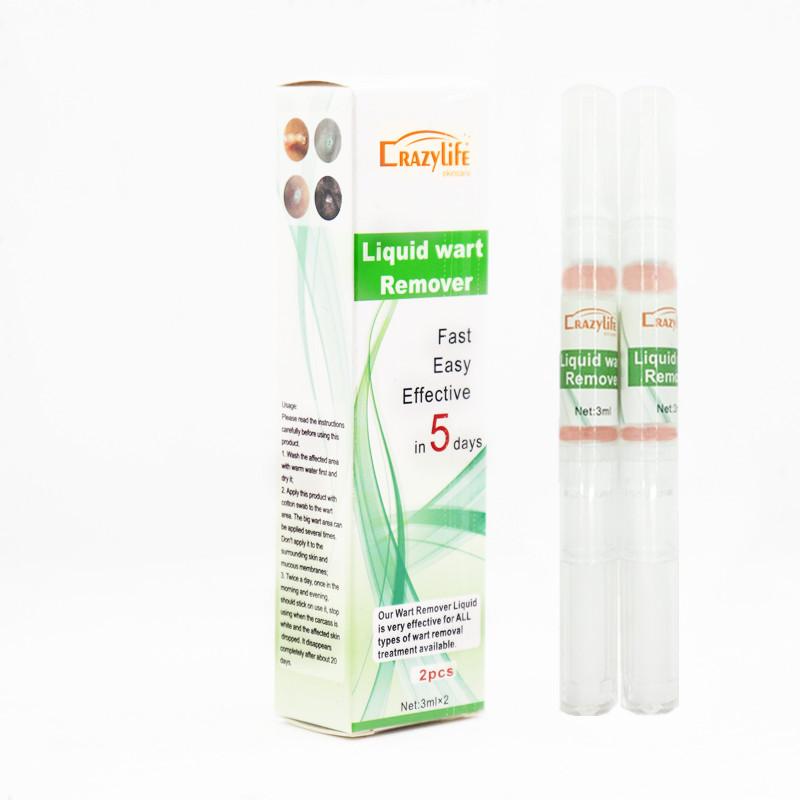
How Do Plantar Warts Differ from Common Warts?
While both plantar warts and common warts are caused by HPV, they have distinct characteristics:
- Location: Plantar warts occur on the soles of the feet, while common warts can appear anywhere on the body.
- Appearance: Plantar warts often have a rough, grainy texture and may have tiny black dots (small clotted blood vessels) visible on the surface.
- Growth pattern: Plantar warts grow inward due to pressure, while common warts typically grow outward.
- Pain: Plantar warts can be painful when walking or standing, whereas common warts are usually painless.
Causes and Risk Factors of Plantar Warts
Understanding the causes and risk factors associated with plantar warts can help in prevention and early intervention. The primary cause of plantar warts is the human papillomavirus (HPV), specifically types 1, 2, 4, 60, and 63. However, certain factors can increase the likelihood of developing these warts.
How Does HPV Lead to Plantar Warts?
HPV infects the skin through small cuts, breaks, or weak spots in the skin’s surface. Once the virus enters the skin cells, it causes rapid cell growth, resulting in the formation of a wart. The pressure from walking and standing pushes the wart inward, causing it to grow beneath a hard, thick callus.

What Are the Risk Factors for Developing Plantar Warts?
Several factors can increase an individual’s susceptibility to plantar warts:
- Weakened immune system
- Walking barefoot in public areas, especially warm and moist environments like locker rooms or swimming pools
- Having cuts or scrapes on the feet
- Age, with children and teenagers being more susceptible
- Previous history of plantar warts
- Excessive sweating of the feet
Recognizing the Symptoms of Plantar Warts
Identifying the symptoms of plantar warts is crucial for early detection and treatment. While some plantar warts may be asymptomatic, others can cause significant discomfort and affect daily activities.
What Are the Common Signs and Symptoms of Plantar Warts?
Plantar warts often present with the following characteristics:
- Small, rough, grainy growths on the soles of the feet
- Thickened skin (callus) over a well-defined spot on the skin, often with black pinpoints
- Pain or tenderness when walking or standing
- Mosaic warts – multiple small warts clustered in one area
- Interruption of normal skin lines
When Should You Seek Medical Attention for Plantar Warts?
While many plantar warts resolve on their own, it’s advisable to consult a healthcare professional if:
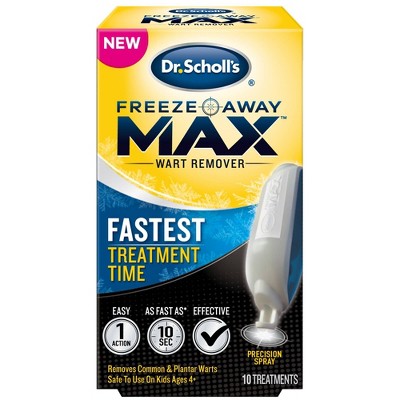
- The wart is painful or interferes with daily activities
- The wart persists, multiplies, or recurs despite home treatment
- You’re unsure if the growth is a wart
- You have diabetes or a weakened immune system
- There are signs of infection, such as increased pain, redness, or pus
Diagnosis and Assessment of Plantar Warts
Accurate diagnosis of plantar warts is essential for effective treatment. Healthcare professionals employ various methods to confirm the presence of plantar warts and rule out other conditions.
How Are Plantar Warts Diagnosed?
Diagnosis of plantar warts typically involves:
- Visual examination: A healthcare provider will inspect the affected area, looking for characteristic features of plantar warts.
- Paring: The top layer of the wart may be shaved off to check for signs of tiny blood vessels or black dots.
- Dermoscopy: This technique uses a special magnifying device to examine the skin’s surface in detail.
- Biopsy: In rare cases, a small tissue sample may be taken for laboratory analysis to confirm the diagnosis.
What Conditions Can Mimic Plantar Warts?
Several conditions can be mistaken for plantar warts, including:

- Corns or calluses
- Skin tags
- Seborrheic keratoses
- Melanoma (in rare cases)
Proper diagnosis is crucial to ensure appropriate treatment and rule out more serious conditions.
Treatment Options for Plantar Warts
Managing plantar warts involves a range of treatment options, from home remedies to medical interventions. The choice of treatment depends on the severity of the wart, the patient’s overall health, and personal preferences.
What Are the Over-the-Counter Treatment Options?
Several over-the-counter treatments are available for plantar warts:
- Salicylic acid: Available in various forms such as gels, pads, or drops, this treatment gradually peels off the infected skin.
- Cryotherapy kits: These home freezing treatments use dimethyl ether and propane to freeze the wart.
- Duct tape: Some people find success with the duct tape method, which involves covering the wart with duct tape for several days at a time.
What Professional Treatments Are Available for Plantar Warts?
When home treatments are ineffective, healthcare providers may recommend:
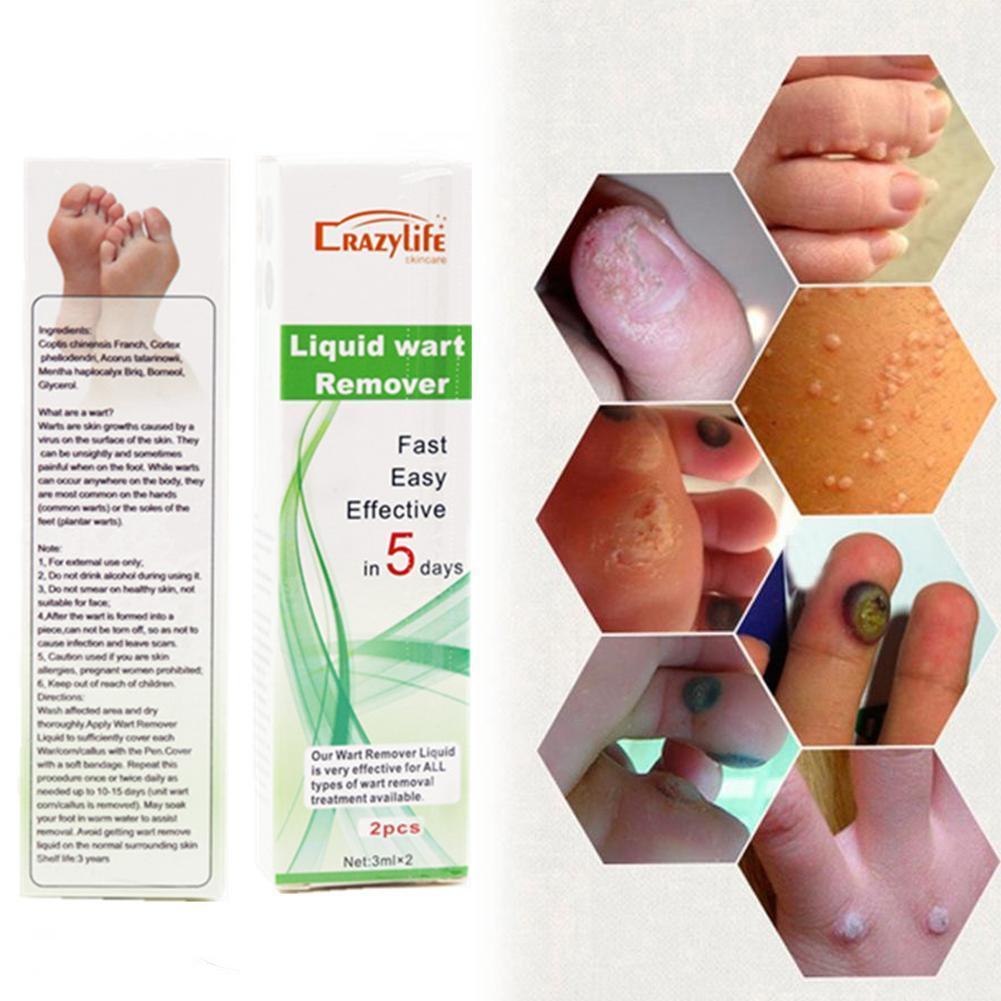
- Prescription-strength salicylic acid
- Cryotherapy with liquid nitrogen
- Electrocautery (burning)
- Laser therapy
- Immunotherapy
- Bleomycin injections
- Surgical excision (in severe cases)
Prevention Strategies for Plantar Warts
Preventing plantar warts is often easier than treating them. By adopting certain habits and precautions, individuals can significantly reduce their risk of developing these troublesome growths.
How Can You Reduce the Risk of Developing Plantar Warts?
To minimize the chance of contracting plantar warts, consider the following prevention strategies:
- Avoid walking barefoot in public areas, especially around swimming pools, locker rooms, and communal showers.
- Keep feet clean and dry to prevent the virus from thriving in moist environments.
- Wear flip-flops or sandals in public showers and locker rooms.
- Don’t share towels, socks, or shoes with others.
- Change socks daily and rotate shoes to allow them to dry completely between uses.
- Avoid direct contact with warts on yourself or others.
- Strengthen your immune system through a balanced diet, regular exercise, and adequate sleep.
What Should You Do If You Have a Plantar Wart?
If you develop a plantar wart:
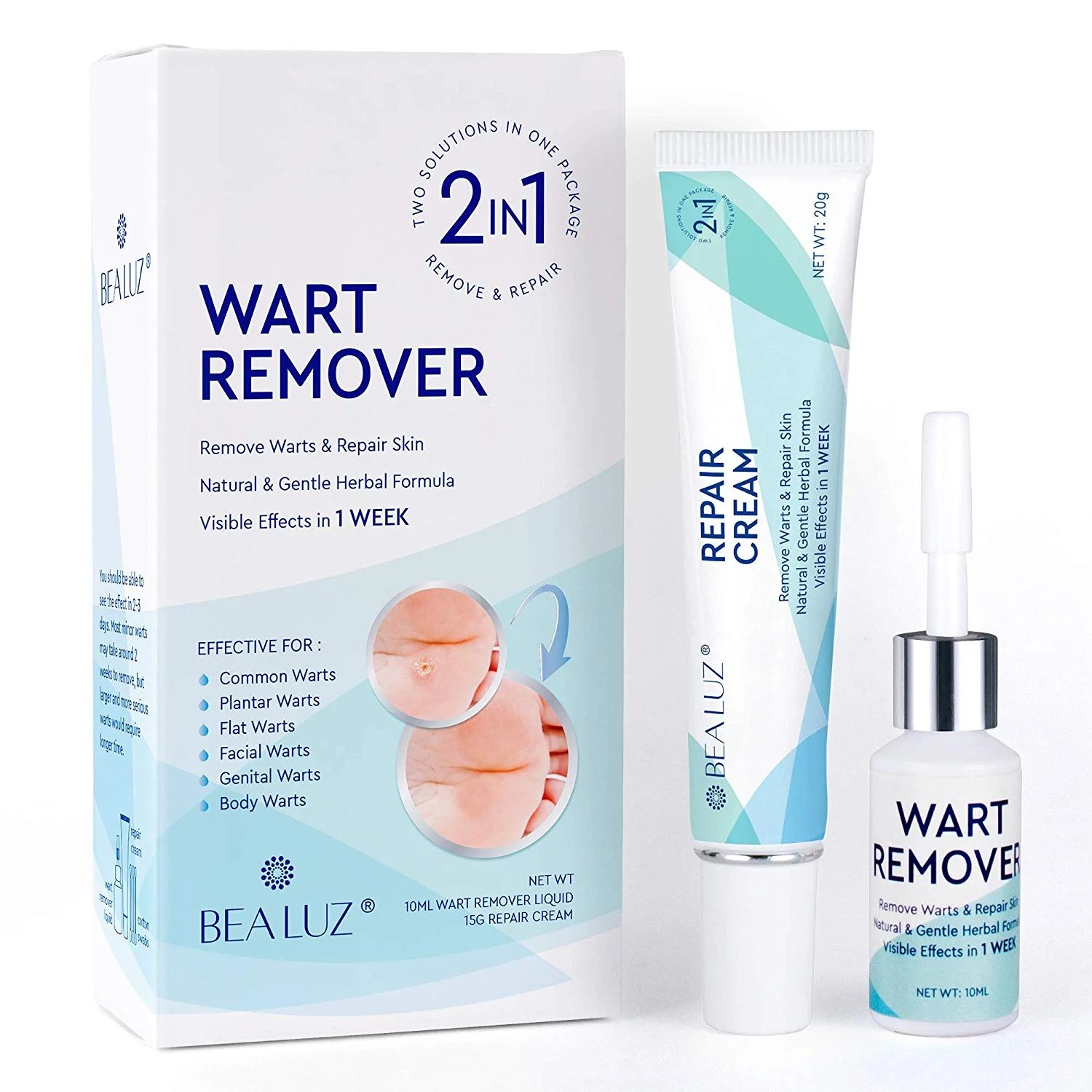
- Cover the wart with a waterproof bandage when swimming or using communal areas.
- Avoid touching or scratching the wart to prevent spreading the virus.
- Wash your hands thoroughly after touching the wart.
- Keep the affected foot clean and dry.
- Consider seeking medical advice if the wart persists or causes discomfort.
Living with Plantar Warts: Coping Strategies and Lifestyle Adjustments
While plantar warts can be frustrating and sometimes painful, there are ways to manage the condition effectively and maintain a good quality of life. Understanding how to cope with plantar warts and make necessary lifestyle adjustments can help minimize their impact on daily activities.
How Can You Manage Pain and Discomfort from Plantar Warts?
To alleviate pain and discomfort associated with plantar warts:
- Use cushioned insoles or pads to reduce pressure on the affected area.
- Apply moleskin around the wart to relieve pressure.
- Take over-the-counter pain relievers like ibuprofen or acetaminophen when needed.
- Soak the foot in warm water to soften the skin and reduce discomfort.
- Avoid activities that put excessive pressure on the affected area.
What Lifestyle Changes Can Help When Living with Plantar Warts?
Adapting your lifestyle can help manage plantar warts more effectively:
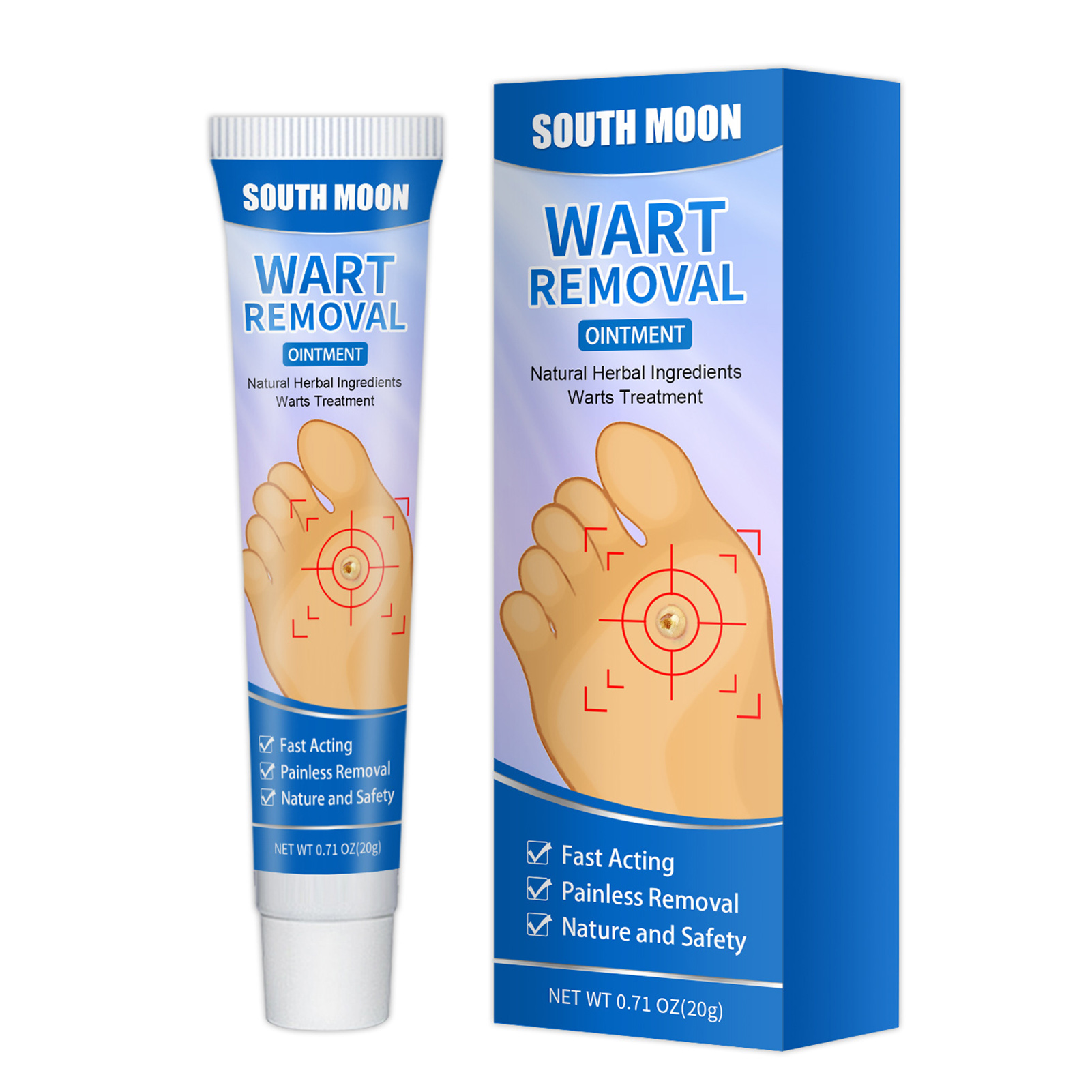
- Choose comfortable, well-fitting shoes that don’t put pressure on the wart.
- Maintain good foot hygiene, including regular washing and thorough drying.
- Use separate nail clippers and files for the affected foot to prevent spreading the virus.
- Be patient with treatment, as warts can take time to resolve.
- Consider stress-reduction techniques, as stress can weaken the immune system.
- Inform your healthcare provider about any changes in the wart’s appearance or symptoms.
By implementing these strategies and working closely with healthcare professionals, individuals can effectively manage plantar warts and minimize their impact on daily life. Remember that persistence and patience are key when dealing with this common but treatable condition.
Warts: Tips for managing
Diseases & conditions
-
Coronavirus Resource Center
-
Acne
-
Eczema
-
Hair loss
-
Psoriasis
-
Rosacea
-
Skin cancer
-
A to Z diseases
-
A to Z videos
- DIY acne treatment
- How dermatologists treat
- Skin care: Acne-prone skin
- Causes
- Is it really acne?
- Types & treatments
- Childhood eczema
- Adult eczema
- Insider secrets
- Types of hair loss
- Treatment for hair loss
- Causes of hair loss
- Hair care matters
- Insider secrets
- What is psoriasis
- Diagnosis & treatment
- Skin, hair & nail care
- Triggers
- Insider secrets
- What is rosacea
- Treatment
- Skin care & triggers
- Insider secrets
- Types and treatment
- Find skin cancer
- Prevent skin cancer
- Raise awareness
- Español
Featured
How Natalie cleared her adult acne
Natalie tried many acne products without success. Find out how a board-certified dermatologist helped Natalie see clear skin before her wedding.
Find out how a board-certified dermatologist helped Natalie see clear skin before her wedding.
JAK inhibitors: A newer type of medication
JAK inhibitors are helping patients with alopecia areata, eczema/atopic dermatitis, psoriasis, and vitiligo. Here’s what you need to know.
Everyday care
-
Skin care basics
-
Skin care secrets
-
Injured skin
-
Itchy skin
-
Sun protection
-
Hair & scalp care
-
Nail care secrets
- Basic skin care
- Dry, oily skin
- Hair removal
- Tattoos and piercings
- Anti-aging skin care
- For your face
- For your skin routine
- Preventing skin problems
- Bites & stings
- Burns, cuts, & other wounds
- Itch relief
- Poison ivy, oak & sumac
- Rashes
- Shade, clothing, and sunscreen
- Sun damage and your skin
- Aprenda a proteger su piel del sol
- Your hair
- Your scalp
- Nail care basics
- Manicures & pedicures
Featured
Practice Safe Sun
Everyone’s at risk for skin cancer. These dermatologists’ tips tell you how to protect your skin.
These dermatologists’ tips tell you how to protect your skin.
Relieve uncontrollably itchy skin
Find out what may be causing the itch and what can bring relief.
Darker Skin Tones
-
Skin care secrets
-
Hair care
-
Hair loss
-
Diseases & Conditions
- Acne
- Dark spots
- Dry skin
- Light spots
- Razor bumps
- Caring for Black hair
- Scalp psoriasis
- Weaves & extensions
- Central centrifugal cicatricial alopecia
- Frontal fibrosing alopecia
- Hairstyles that pull can cause hair loss
- Acanthosis nigricans
- Acne keloidalis nuchae
- Hidradenitis suppurativa
- Keloid scars
- Lupus and your skin
- Sarcoidosis and your skin
- Skin cancer
- Vitiligo
- More diseases & conditions
Featured
Fade dark spots
Find out why dark spots appear and what can fade them.
Untreatable razor bumps or acne?
If you have what feels like razor bumps or acne on the back of your neck or scalp, you may have acne keloidalis nuchae. Find out what can help.
Cosmetic treatments
-
Your safety
-
Age spots & dark marks
-
Cellulite & fat removal
-
Hair removal
-
Scars & stretch marks
-
Wrinkles
-
Younger-looking skin
Featured
Laser hair removal
You can expect permanent results in all but one area. Do you know which one?
Do you know which one?
Scar treatment
If you want to diminish a noticeable scar, know these 10 things before having laser treatment.
Botox
It can smooth out deep wrinkles and lines, but the results aren’t permanent. Here’s how long botox tends to last.
Public health programs
-
Skin cancer awareness
-
Free skin cancer screenings
-
Kids’ camp
-
Good Skin Knowledge
-
Shade Structure grants
-
Skin Cancer, Take a Hike!™
-
Awareness campaigns
-
Flyers & posters
-
Get involved
- Lesson plans and activities
- Community grants
Featured
Free materials to help raise skin cancer awareness
Use these professionally produced online infographics, posters, and videos to help others find and prevent skin cancer.
Dermatologist-approved lesson plans, activities you can use
Free to everyone, these materials teach young people about common skin conditions, which can prevent misunderstanding and bullying.
Find a dermatologist
-
Find a dermatologist
-
What is a dermatologist?
-
FAAD: What it means
-
How to select a dermatologist
-
Telemedicine appointments
-
Prior authorization
-
Dermatologists team up to improve patient care
Featured
Find a Dermatologist
You can search by location, condition, and procedure to find the dermatologist that’s right for you.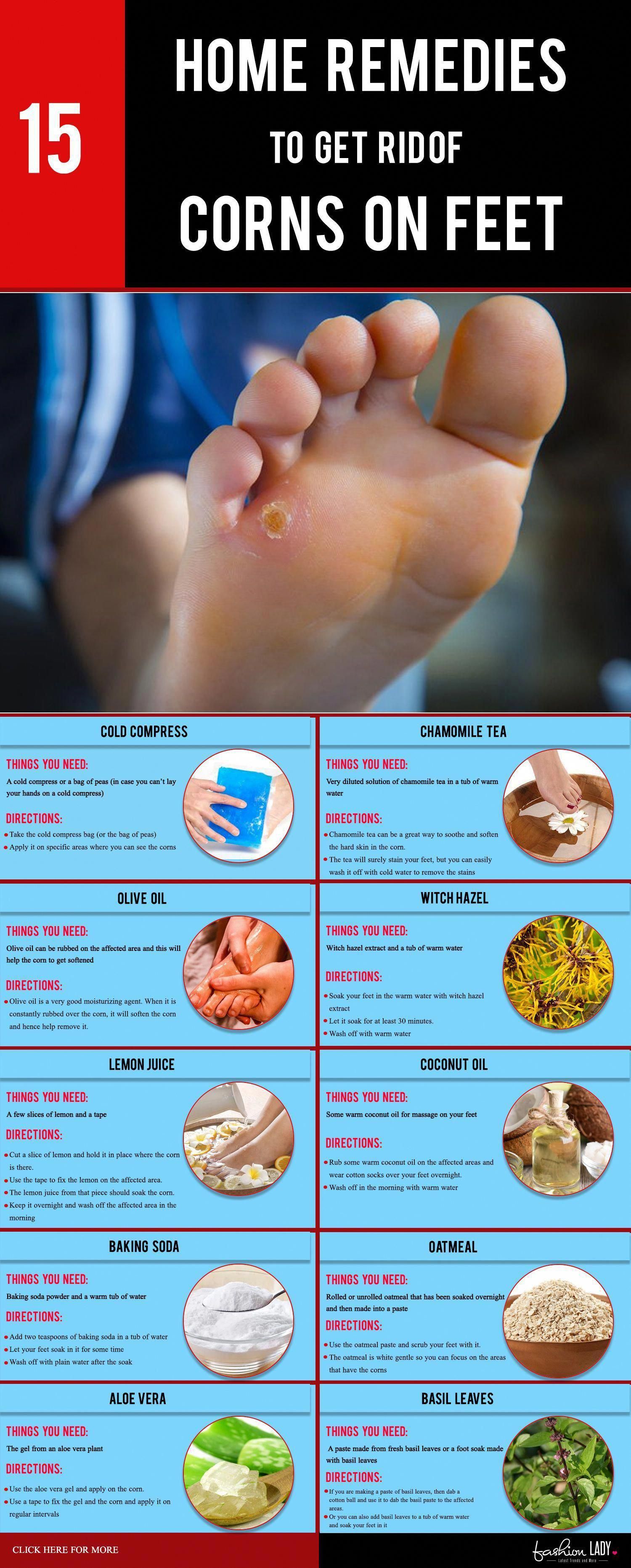
What is a dermatologist?
A dermatologist is a medical doctor who specializes in treating the skin, hair, and nails. Dermatologists care for people of all ages.
What’s the Best Treatment for Plantar Warts?
by Trent Timson, DPMJul 15, 2022
While they may seem insignificant, warts can be both a painful and unsightly problem to have. As a contagious, virus-driven infection, warts are often difficult to eliminate and require immediate treatment. In this article, we’re going to discuss warts and what options are available in terms of addressing their presence, while seeing which treatment is the best.
What Are Warts?
Warts are a type of benign (noncancerous) bump that can form on the surface of the skin. They develop when the human papillomavirus (HPV) infects the top layer of the skin, causing it to grow abnormally. HPV is a very common virus that is passed from person to person through direct skin-to-skin contact, or indirect contact such as walking barefoot in public locker rooms, showers, and pools where someone with a wart has also walked.
The Main Types Of Warts
There are many different types of warts, and they can vary in size, shape, and appearance. They can be small and flat, large and bumpy, or long and slender. Some warts have a smooth surface, while others are rough and scaly. Warts can occur on any part of the body, but they are most common on the hands, feet, and face.
Plantar Warts
Plantar warts, which are warts that develop on the feet, are one of the most common types of warts. They often occur on the soles of the feet or in between the toes, look like calluses, and will usually have a small black dot in their center. Plantar warts can be painful, especially when they develop on weight-bearing areas such as the heel or ball of the foot. They can also form clusters when left unaddressed, leading to worsening infection.
How Can Plantar Warts Be Treated?
Although plantar warts aren’t necessarily dangerous, they can be extremely painful and have a serious impact on one’s quality of life if gone untreated. Luckily, there are many different treatment options available, the use of which will usually depend on the size, location, and severity of the wart.
Luckily, there are many different treatment options available, the use of which will usually depend on the size, location, and severity of the wart.
Some common treatments include:
Over-The-Counter (OTC) Treatments
These are treatments that can be bought at a drugstore without a prescription. One of the most popular OTC treatments for plantar warts is salicylic acid, which is a keratolytic medication applied directly to the wart. This medication helps to peel away the top layer of skin, eventually causing the wart to fall off. It can be used in conjunction with other treatments, such as cryotherapy.
Cryotherapy
This is a treatment that uses freezing temperatures to destroy the wart tissue. It is usually done by a trained professional with the use of liquid nitrogen. During a treatment, a doctor or nurse applies the freezing agent to the wart for 10 to 20 seconds. This then causes it to turn into a blister and then eventually fall off about a week later.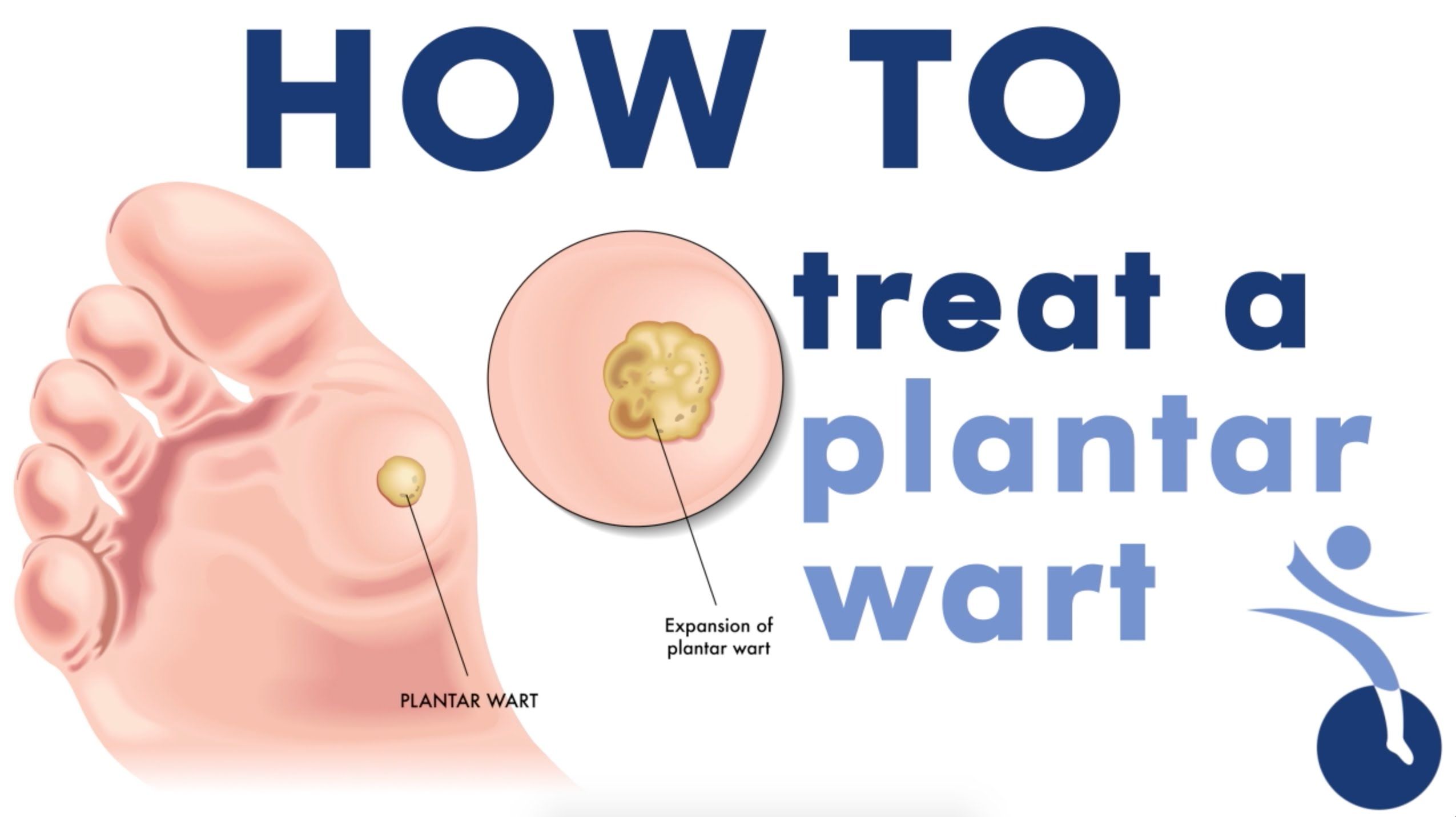 This does not leave a scar but may cause temporary soreness and a slight change in color in the treated area of skin.
This does not leave a scar but may cause temporary soreness and a slight change in color in the treated area of skin.
Surgery
In some cases, surgery may be necessary to remove the plantar wart. This is usually only done if other treatments have failed. Surgical interventions are done in a doctor’s office with the use of local anesthesia and usually take less than 30 minutes. The most common types of surgery are curettage and laser surgery. Curettage uses a cutting or scraping tool to physically remove the wart tissue, while laser surgery uses a beam of light to burn it.
Swift Therapy
Swift Microwave Therapy is a new and innovative form of treatment for warts and other skin problems that have quickly gained popularity for the convenient and effective results it delivers. It involves the use of a device that generates high-frequency, low-energy microwave energy which is applied to the infected area to disrupt the wart tissue. This is done without harming the surrounding skin, and the entire process takes less than a minute. There is no pain or downtime after this treatment, and it can be done in the comfort of our office.
There is no pain or downtime after this treatment, and it can be done in the comfort of our office.
Why Swift Therapy Is The Best Way To Treat Plantar Warts
As a non-invasive and convenient procedure, Swift Therapy is opening up a whole new world of possibilities in the treatment and mitigation of plantar warts. Its groundbreaking technology makes it easy to both administer and receive, and its lack of side effects or discomfort has made it a standout in the field of wart treatment.
Targeted
Swift Therapy is unique in its ability to target only the affected tissue while leaving the surrounding skin unharmed. This allows for much more targeted and effective treatment, as well as a quicker and more seamless recovery period.
Safe
Swift’s cutting-edge technology is a safe and less painful alternative to treatments such as curettage and laser surgery. Unlike these procedures, it leverages low-dose microwave energy to stimulate a natural immune response and address the underlying virus causing the plantar wart. This is all done through a specialized probe that is placed directly on the wart itself.
This is all done through a specialized probe that is placed directly on the wart itself.
Effective
The potential behind Swift Therapy isn’t hearsay – the treatment has been backed up by regulatory bodies such as the FDA, who have proven it to be extremely effective in the removal of plantar warts.
Convenient
One of the best benefits of Swift Therapy is the fact that it is extremely convenient. Those who undergo the treatment can expect three to four quick treatment sessions spaced four weeks apart from one another. Swift causes no skin breakage, doesn’t require bandages, and patients can go right back to living their lives after receiving it. There is no downtime and the recovery process is both simple and natural.
Need Help With Warts on Your Feet and Toes? Contact Us!
If you’re looking for a treatment option that is both effective and convenient, Swift Therapy is the way to go. Contact us today to discuss the treatment in detail and see if this revolutionary new therapy is right for you.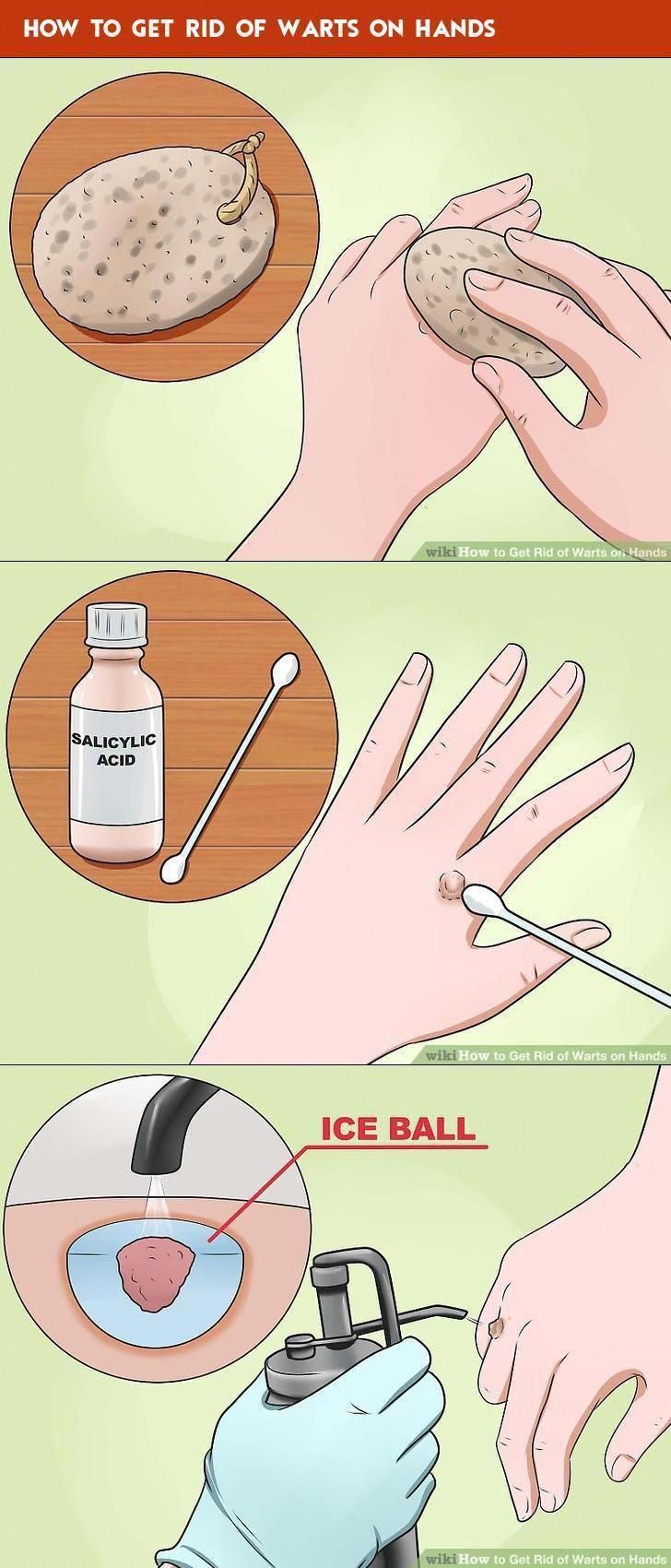
Wart on a child’s leg – causes, methods of removal
Children’s Medical Center “Pediatrician and Me”
Articles
Wart on the leg of a child
Plantar warts in children can cause a lot of anxiety to both the child and the parents.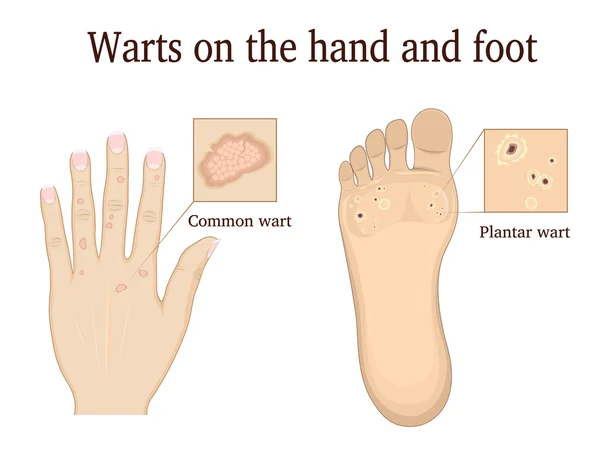 These are painful formations of a rounded shape, having the color of the skin and riddled with black dots. In the people, such warts are called corns. Where do they come from and how to get rid of the problem?
These are painful formations of a rounded shape, having the color of the skin and riddled with black dots. In the people, such warts are called corns. Where do they come from and how to get rid of the problem?
The origin of plantar warts
The cause of warts is the human papillomavirus. The causative agent penetrates the epidermis through microdamages of the skin. It multiplies rapidly, forming pathological tissue changes and causing their keratinization. The wart receives food from the blood vessels. Pathology is among the contagious and quickly transmitted from person to person.
Infection of a child often occurs in children’s groups. Also, the cause of warts can be walking barefoot in the pool, public locker rooms and other places where virus particles can be found. Most often, the problem occurs in babies with reduced immunity or chronic diseases. As the wart grows, the discomfort may increase.
Treatment of warts on the legs of a child
The presence of warts on the legs of a child is a good reason to show the baby to a dermatologist.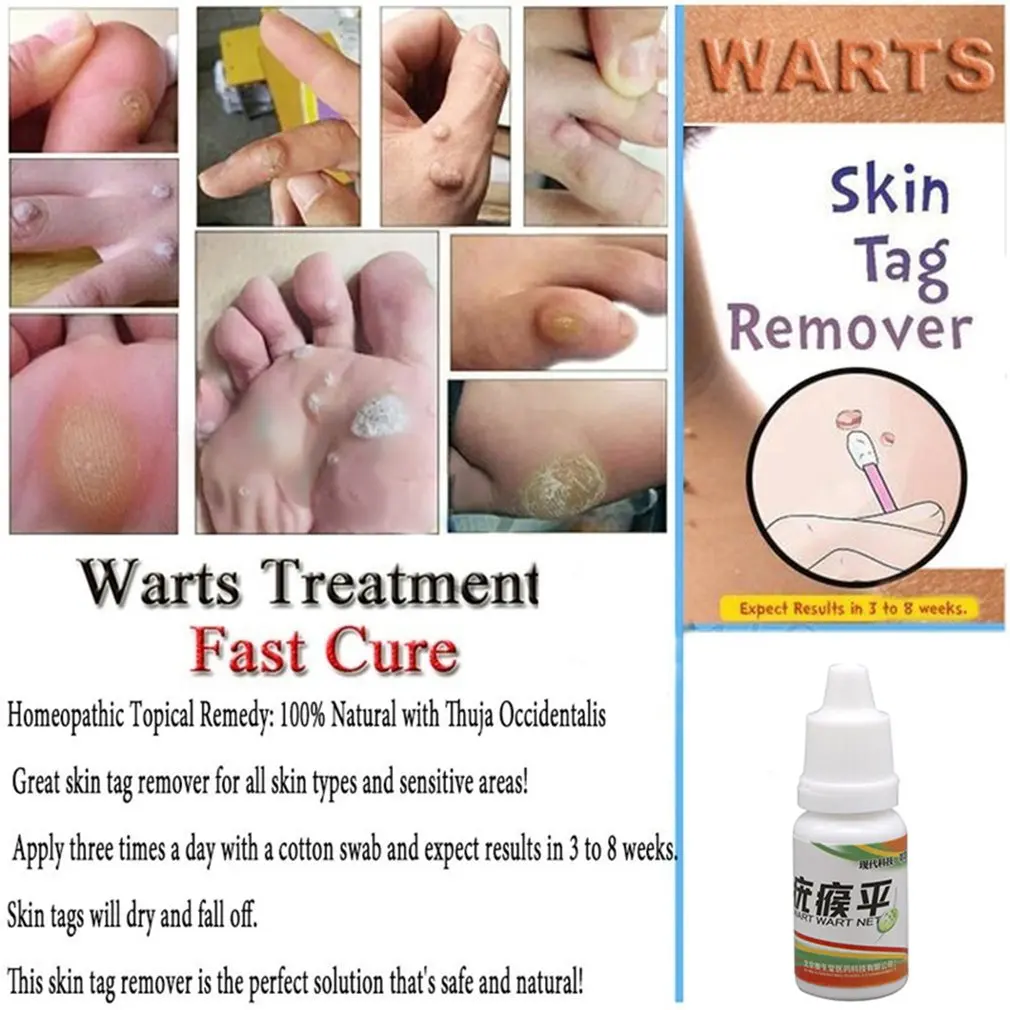 Calluses are not just a cosmetic defect, but also bring tangible discomfort. The specialist will examine the child and prescribe effective treatment. In most cases, warts are removed.
Calluses are not just a cosmetic defect, but also bring tangible discomfort. The specialist will examine the child and prescribe effective treatment. In most cases, warts are removed.
Depending on the condition of corns, parents can be offered the following ways to remove tumors:
- cryotherapy;
- surgical removal;
- chemical removal.
Cryotherapy is the simplest and most convenient method of wart removal. During the procedure, liquid nitrogen is used, which freezes the pathological tissue. At the site of the wart, a crust forms, which eventually disappears, and healthy skin forms under it. With a strong proliferation of corns and severe pain, surgical intervention is required. The operation is performed on children over 10 years old.
Prevention of corns formation plays an important role. It is necessary to observe foot hygiene, as well as to exclude direct contact of the skin of the feet with floor surfaces in public places: swimming pools, locker rooms, etc.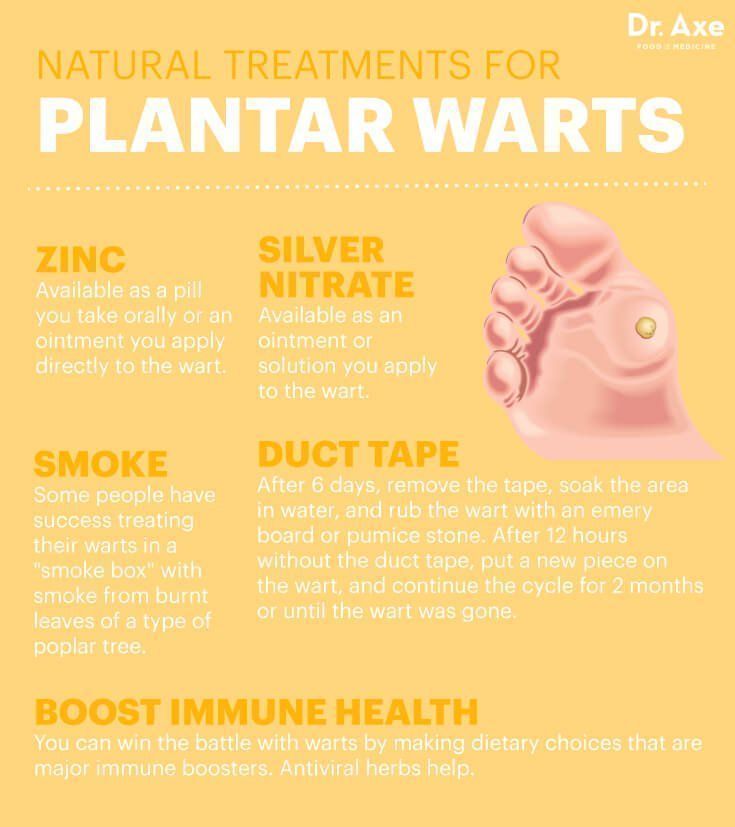 If neoplasms are found, it is necessary to consult a dermatologist. Self-medication can aggravate the situation and provoke complications!
If neoplasms are found, it is necessary to consult a dermatologist. Self-medication can aggravate the situation and provoke complications!
medical center kommunarka
call a doctor at home kommunarka for children
dermatologist in butovo
newborn weighing scales for rent
orthopedist north butovo
ENT doctor in Butovo
The article was written under the editorship of an expert, pediatrician, doctor of the highest category Storcheus Natalia Yurievna. To undergo the treatment mentioned in the article materials, you need to contact a specialist. The information in the article is not a call for self-treatment!
Other articles
Scabies in children
Scabies in children is a disease caused by a microscopic scabies mite. Types, causes, symptoms of scabies, methods of diagnosis, treatment and prevention, answers to frequently asked …
Read more
Pimples, dry hands in children
Pimples on the hands of a child often arise from frost in the autumn-winter period.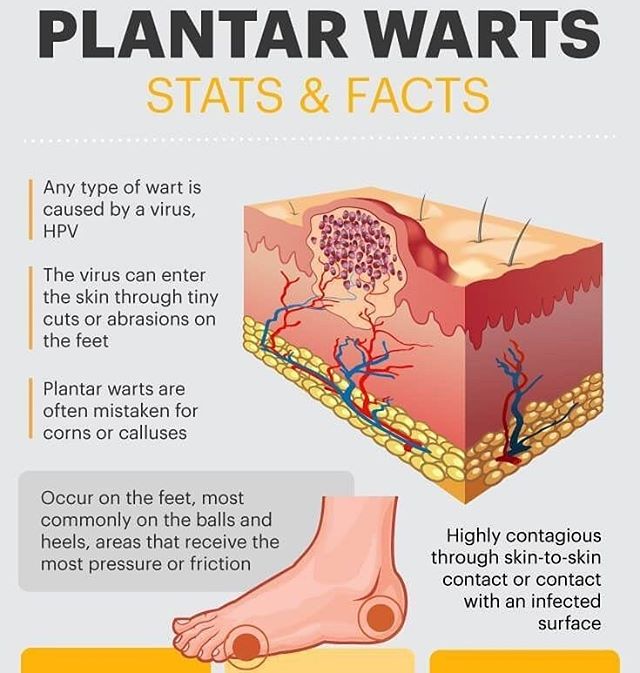 How to treat chicks in children, what kind of cream to smear hands and other useful information – in a new article from experts “Pediatrician and Me”…
How to treat chicks in children, what kind of cream to smear hands and other useful information – in a new article from experts “Pediatrician and Me”…
Read more
Pityriasis versicolor
What is pityriasis (color) versicolor: causes of development, symptoms and signs of the disease. How to diagnose, treat pityriasis versicolor and how to prevent the disease – in a new article from experts “…
Read more
Baby has crusts on the head
Has the baby had yellowish white crusts on the head, eyebrows or behind the ears? It’s most likely seborrheic dermatitis. What drugs to treat gneiss, the causes of the appearance – in a new article from an expert …
Read more
Bitten by a tick: what to do?
With the advent of stable heat, the peak of tick activity begins. What to do if you or your child is bitten by a tick?
Read more
Pityriasis rosea
Pityriasis rosea or Gibert’s disease in children is characterized not only by a rash on the skin, but also by other unpleasant symptoms.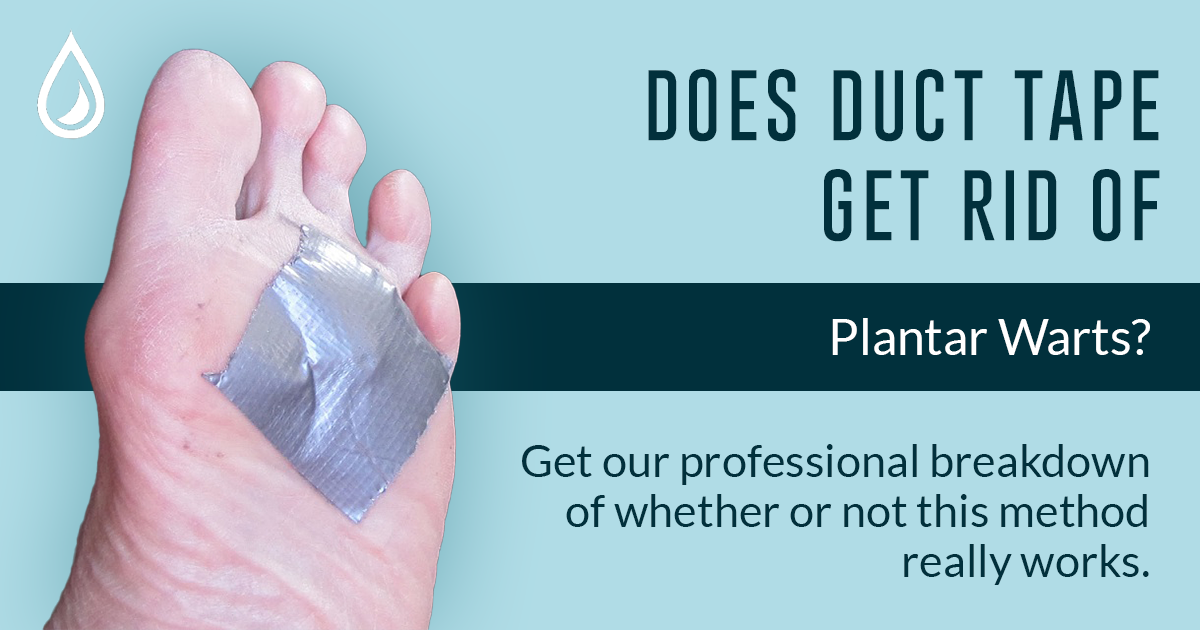 How to treat pink lichen, is it contagious, what are the reasons for its appearance?
How to treat pink lichen, is it contagious, what are the reasons for its appearance?
Read more
Red cheeks in a child and a mesh rash
Red spots on the cheeks and a mesh rash on the body in children are characteristic symptoms of erythema infectiosum or fifth disease. How to treat it and what are the reasons for its appearance?
Read more
Urticaria and angioedema in a child
The most dangerous and common allergic reactions in children are urticaria and angioedema. Let’s see what are their differences, causes, symptoms, methods of diagnosis and treatment…
Read more
Skin inflammation in the newborn
Erysipelas and scalded skin syndrome in children: symptoms and causes of the disease, prevention and treatment of skin inflammation (pyoderma) in newborns
Read more
All articles
Treatment of warts in children and adults, when to see a doctor
Warts are formed due to infection of the cells of the epidermis with human papillomavirus. Its carriers are up to 80% of all people. These growths are classified as fairly common skin formations. They make up more than a third of all benign skin tumors encountered. The growths are painful. Sometimes they degenerate into malignant tumors. Therefore, it is better to remove warts.
Its carriers are up to 80% of all people. These growths are classified as fairly common skin formations. They make up more than a third of all benign skin tumors encountered. The growths are painful. Sometimes they degenerate into malignant tumors. Therefore, it is better to remove warts.
What are warts
Warts are considered benign skin growths. They are dense growths with a rounded shape. They have a rough surface. The growths are formed by epidermal cells that are affected by various strains of the papillomavirus. Formations are rarely more than two centimeters in diameter. Sometimes they merge with each other, becoming larger. If warts appear, consult a dermatologist or surgeon.
Formations occur in patients of different ages. They are most often found in children. Papillomavirus is contracted by contact. Through surfaces and objects where the virus is located. It also requires certain conditions:
- microtrauma of the epidermis;
- reduced immunity;
- excessive sweating.

When tissues become infected, a growth forms at this site within a period of up to six months.
Is it necessary to treat
It is believed that with good immunity, the formations can go away on their own within a month. If this does not happen, she should consult a doctor to resolve the issue of diagnosing the type of skin formation. If he deems it necessary, he will choose an effective and safe method of treating warts individually for each patient.
Self-removal of growths is strictly prohibited. Due to inexperience, the patient may confuse it with a malignant formation of the skin. This creates a threat of the spread of metastases to other organs and tissues.
Effective treatment of warts is carried out medically with the help of chemicals for external use. It is possible to remove these formations using minimally invasive surgery. Growths cause discomfort to a person. They are often injured, inflamed, bleeding.
If the wart is on the leg, treatment is done when it causes pain when walking and changes gait. It is removed for cosmetic purposes when located on the face or other visible parts of the body.
It is removed for cosmetic purposes when located on the face or other visible parts of the body.
Method of treatment
Benign growths are often tried to be treated with home remedies. For this, celandine and other medicinal herbs are used. Effective treatment of plantar warts and other varieties is possible only with the means prescribed by the doctor.
Conservative therapy
In the treatment of warts with ointments, preparations containing antiviral substances, immunomodulators or agents for loosening the stratum corneum of the skin are used. They suppress the activity of papillomavirus. The most effective are the following:
- Fluorouracil. The cream is applied topically. It activates immune cells, slowing down the growth of growth.
- Oxolinic ointment. It belongs to the group of antiviral drugs. Treatment of warts with oxolinic ointment is based on the inactivation of viral nucleic acids
- Imiquimod. Stimulates the production of interferons.
 Prevents infection of healthy skin cells.
Prevents infection of healthy skin cells. - Viferon. The gel is applied to the surface of the wart for treatment on the hands and other areas of the skin. The drug has a high antiviral activity.
These medicines do not have side effects. Treatment of warts in adults and children by these methods is not used in advanced stages due to inefficiency.
Minimally invasive surgery
When treating warts with medication in adults and children on the legs and other areas, hardware methods of treatment are ineffectively used. These include the following methods:
- Cryodestruction. The removal of the build-up is carried out by freezing the tissues with liquid nitrogen. To do this, they moisten a swab and press it against the formation for several minutes.
- Electrocoagulation. The growth is removed under the influence of electric current. The procedure is quite painful. It is performed under local anesthesia.
- Laser exposure.



 Prevents infection of healthy skin cells.
Prevents infection of healthy skin cells.